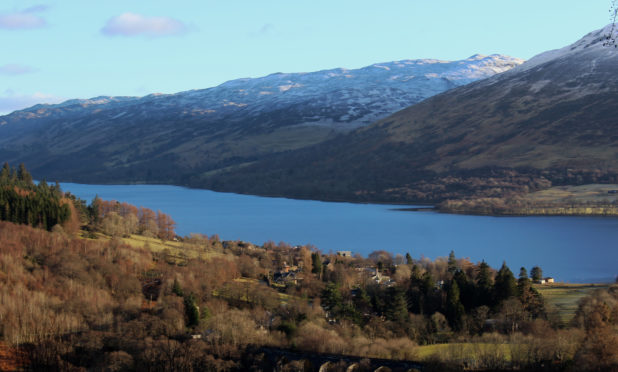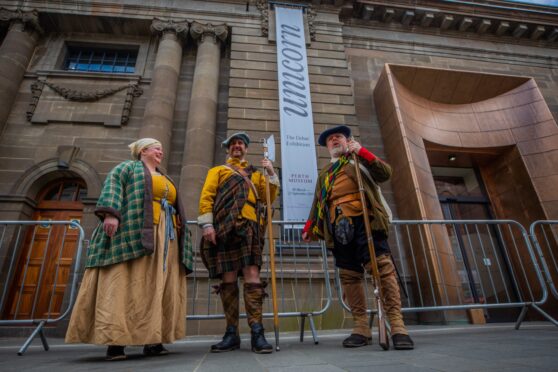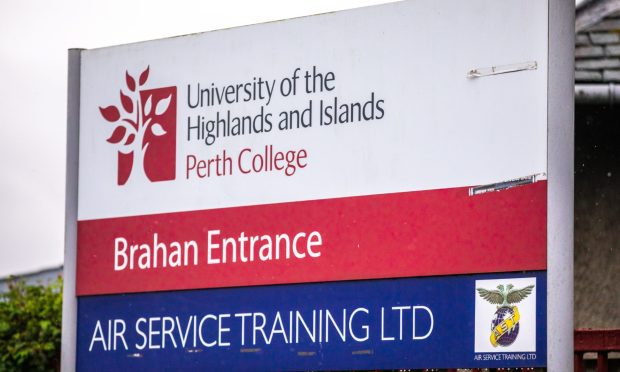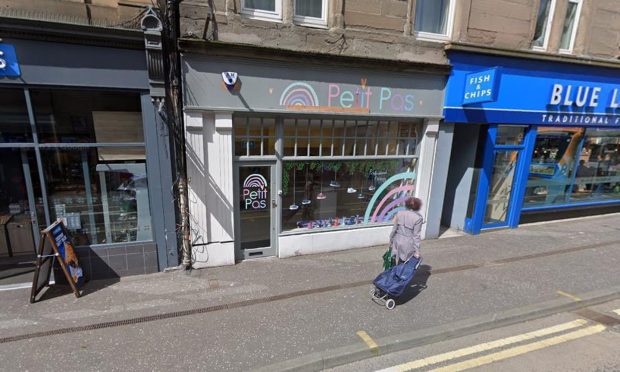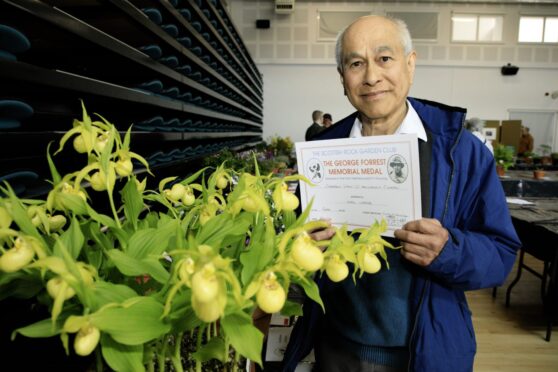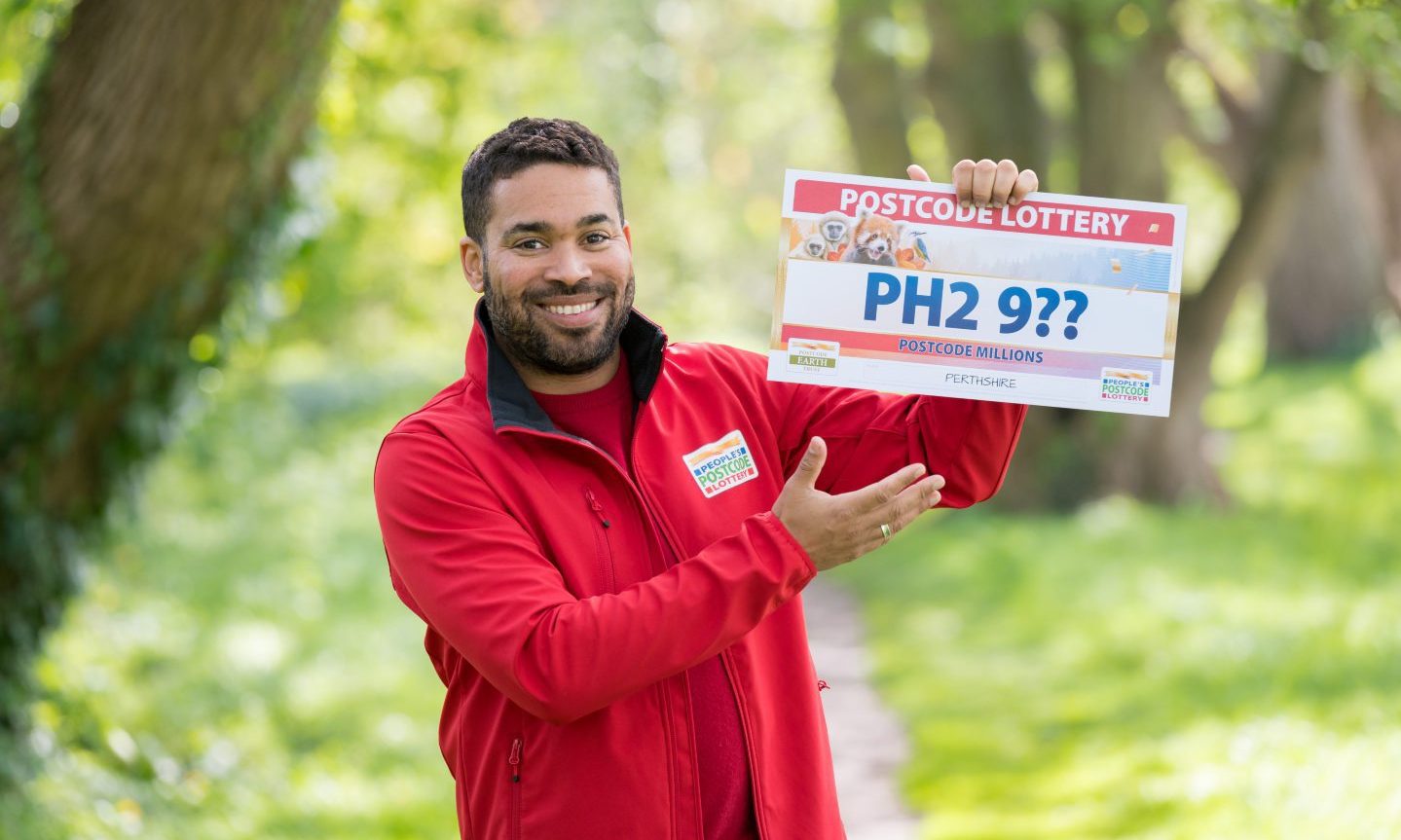Visitors to a Scottish national park are being given toilet lessons.
Loch Lomond and The Trossachs National Park Authority has launched a new pilot scheme to encourage campers to go to the loo responsibly in the outdoors.
It follows complaints of wild toileting.
Sites at Loch Earn, the Trossachs and West Loch Lomond have been chosen as locations for the trial due to their ongoing issues with human waste.
“The national park authority is hoping to take the embarrassment out of something everyone does, by launching a trial project to help people know what to do when they need a poo in the national park,” said the authority.
“The national park is a great place to escape the hustle and bustle of modern life and get close to nature. However when nature calls, many people are unsure of how to ‘do their business’ without leaving a lasting impact on the environment when no facilities are available.”
The trial is being rolled out over July and August in three popular visitor sites within the national park, with each location using a different way of trying to change behaviour and reduce irresponsible toileting. This will be supported by wider awareness raising on social media and the National Park’s website.
Eye catching, awareness raising posters will be displayed at Loch Earn, using the nudge effect to encourage people to do the right thing and including information on where the nearest public toilets are.
At Three Lochs Forest Drive in the Trossachs, trowels will be available for campers to borrow with advice on how to bury their poo in line with the Scottish Outdoor Access Code guidance.
Campers will be provided with a pack that includes biodegradable poo bags as well as an outer ‘modesty’ bag with information on how to pack out their waste. A hygienic drop bin will be on site for campers to drop their used poo packs into. The poo bin will also have awareness raising information and advice printed on it.
Suie Field in West Loch Lomond will be trialling the most radical approach with campers being asked to “bag it and bin it” as they would with dog poo. Campers will be provided with a pack that includes biodegradable poo bags as well as an outer ‘modesty’ bag with information on how to pack out their waste. A hygienic drop bin will be on site for campers to drop their used poo packs into. The poo bin will also have awareness raising information and advice printed on it.
Litter Prevention Manager for the National Park Authority, Nik Turner said: “Talking about human waste can be awkward and it’s understandable that people are squeamish about it.
“But it is a conversation we need to have if we want to make a difference to protect and preserve some of the most popular locations in the national park.
“No one wants to be confronted with someone else’s poo when they’re camping or enjoying a picnic. Not only is it gross and unsightly; improper disposal of human waste can be harmful to the environment, wildlife and people. It really puts other campers and visitors off and costs a considerable amount of time and resources to deal with.
“Everyone poos but not everyone knows what to do when they need a poo in the great outdoors. Many people are just too embarrassed to ask about how to toilet responsibly so our campaign is aimed at helping people understand the right thing to do, in a light hearted and informal way.
“As well as sparking a conversation to raise people’s awareness, by trialling three different methods and gathering feedback from campers at these sites we’ll be gaining valuable insight into what works best in tackling this issue.”
Throughout the trial, the National Park Authority will also be running an online campaign to raise awareness of the issue, including encouraging visitors to ‘go before you go’, and highlighting a map of all public toilets in the area. National Park Rangers will also be talking to visitors, providing advice and information about responsible toileting.
The trials will be closely monitored and at the end all the information from each site will be evaluated and compared to data collected in previous years to see what, if any, intervention worked best and could potentially be used more widely across the National Park in the future.
To find out more about the trial or for advice about responsible toileting, visit www.lochlomond-trossachs.org/needtopoo
